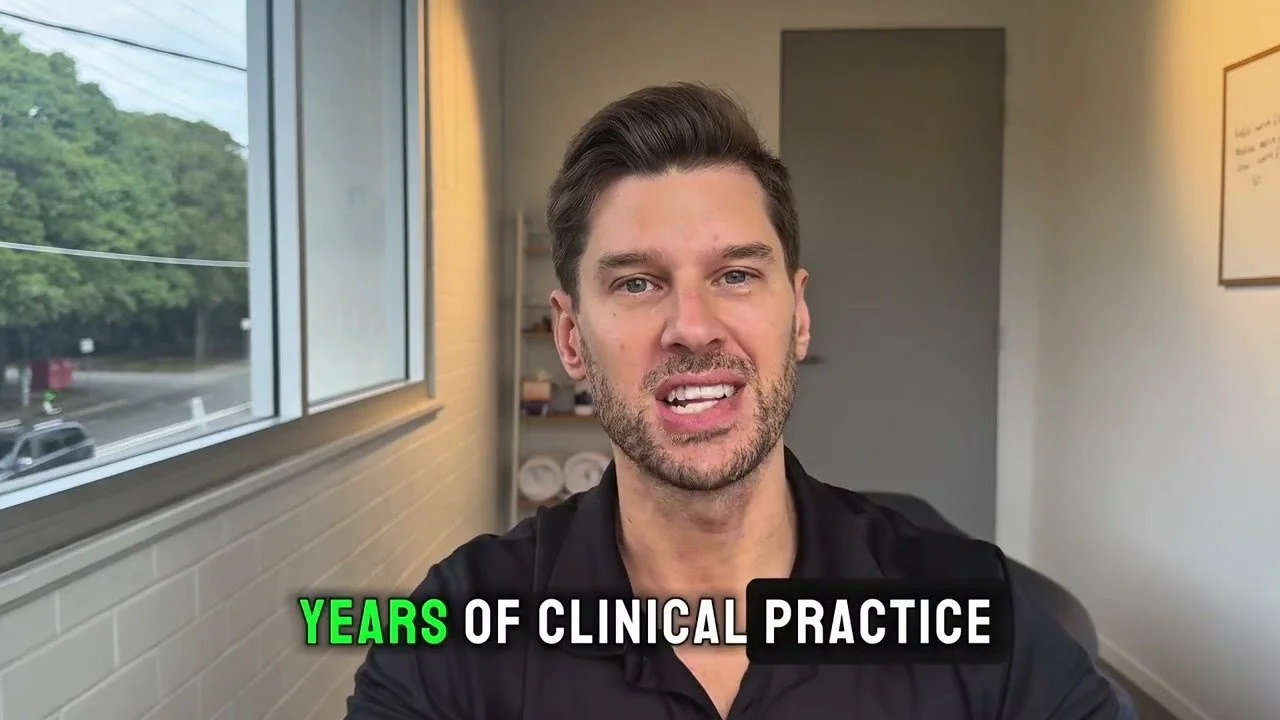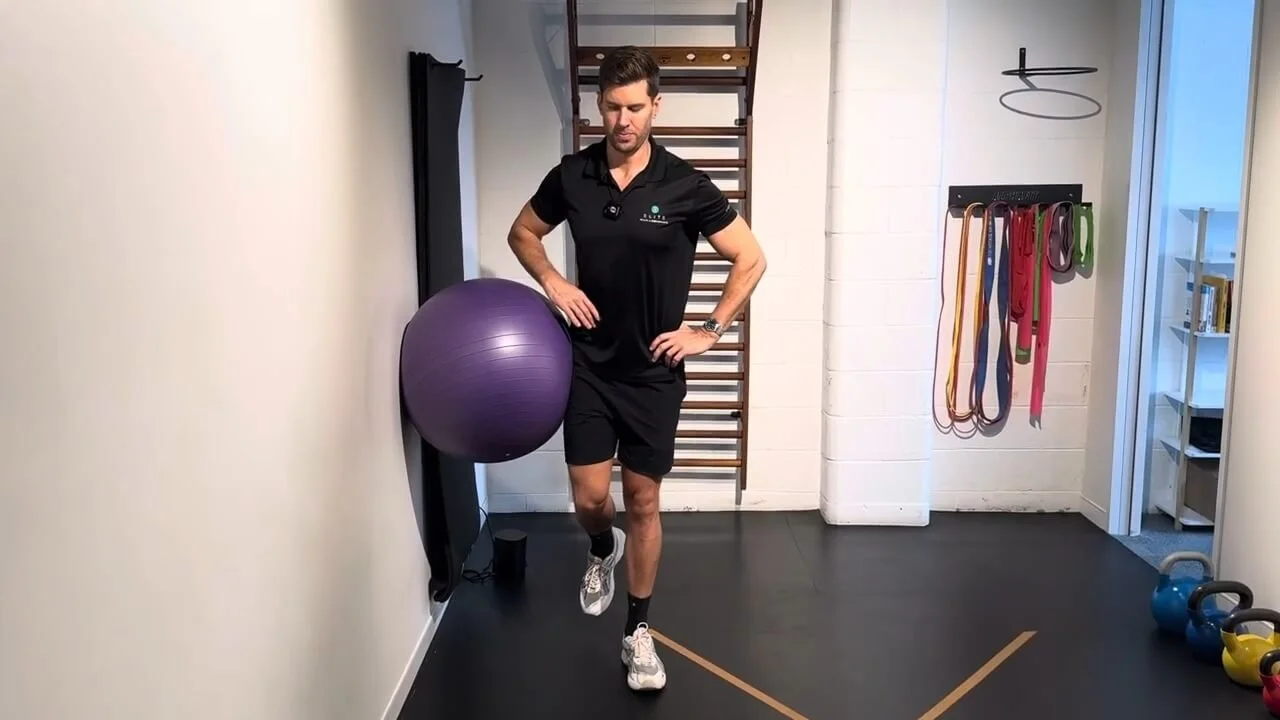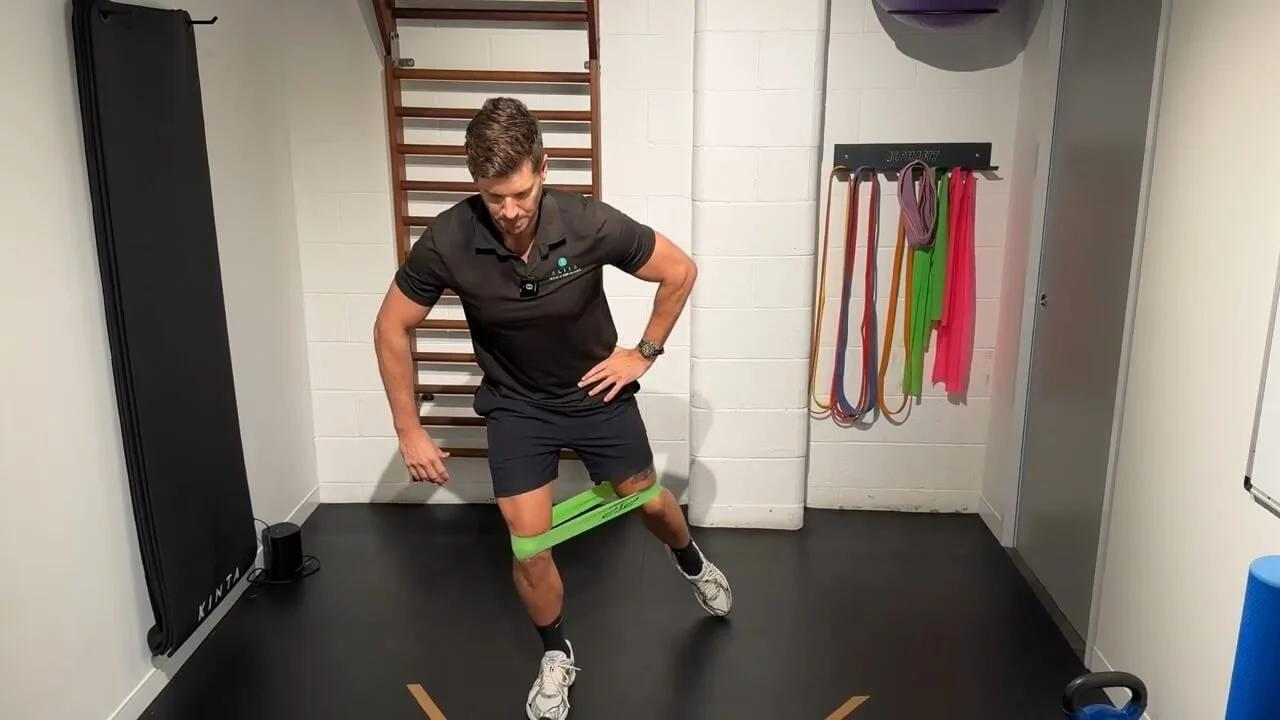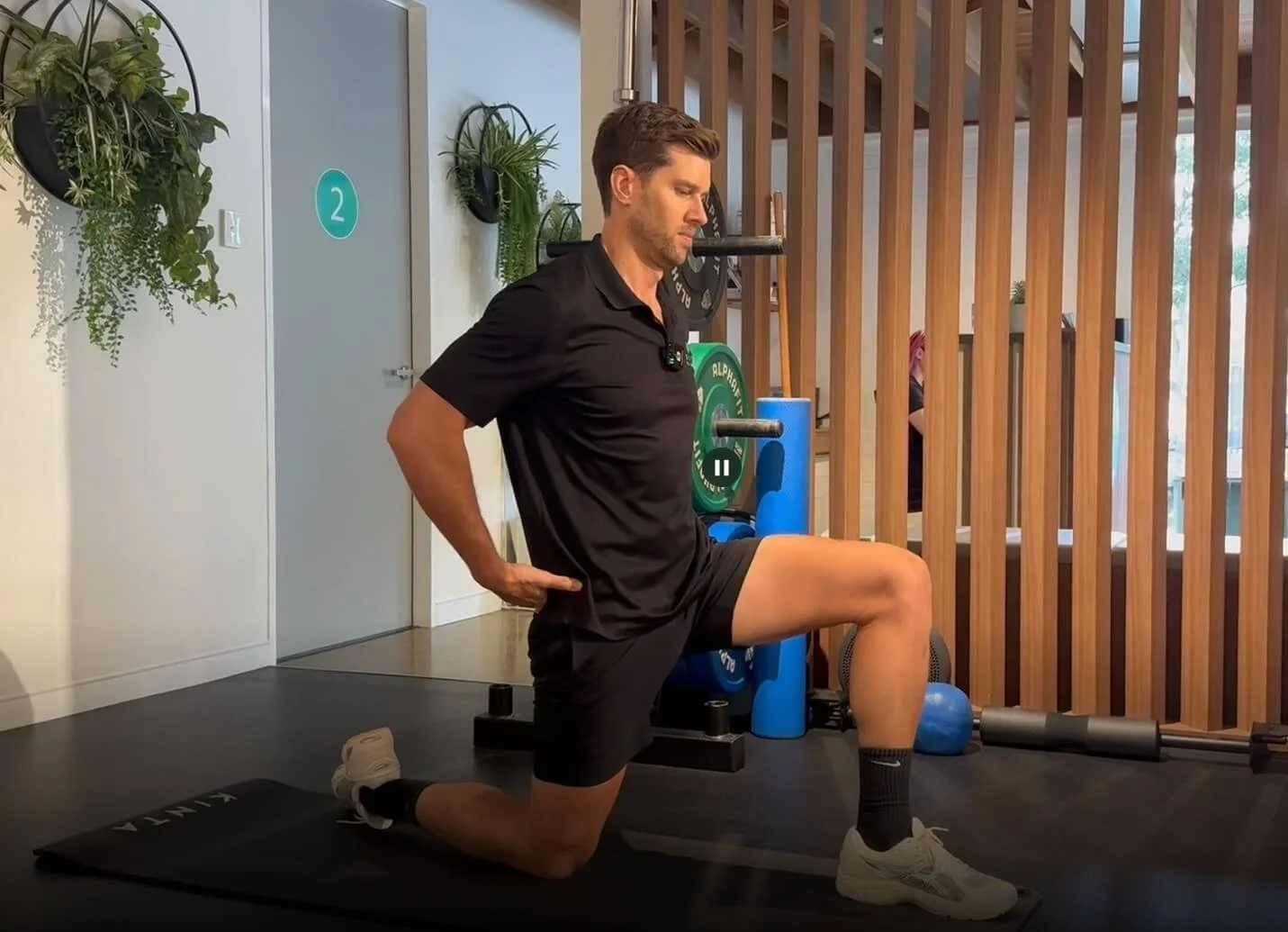Finally Fix Your Back Pain and Get Back to Doing What You Love.
16 week program for lasting results.
Start seeing results in > 30 days.
Can be done with simple bands.
-

Over 2500
People Helped -

Lifetime Access
+ Updates -

Physio & Chiro
Approved
Life’s too short to be in pain.
We know how frustrating back pain is. It flares up for no reason, the stiffness every morning, the fear of moving the wrong way and making it worse.
You’ve probably tried rest, stretches, or treatments that never seem to last. It’s incredibly frustrating. But we have good news!
We’ve helped over 2500 people recover from disc-related back pain, and have create a program you can follow from home, the gym or both.
It’s the same proven system our physios and chiros use in the clinic to relieve pain, restore movement, and rebuild strength safely.
It’s simple, affordable, and designed for real people who are ready to take back control. No complicated equipment, no guesswork, just a clear plan that works.
So if you’re tired of living around your pain, this is your chance to fix it for good and get back to doing what you love!
This program is perfect if you…
Have bulging, herniated/degenerative disc
Get back pain from sitting, bending or lifting
Get pain and stiffness in the morning
Have ongoing flare-ups that never resolve
Want to get strong without hurting your back
Want a structured plan from trusted experts
What’s Included?
16 weeks of self-paced rehab sessions
Video demos
Education to help understand your injury
Can be done with just some simple bands
Designed for at-home use or in the gym
Created by disc rehab specialists
Why take this course?
Reduce Pain
Move better with targeted exercises that reduce disc pressure and nerve irritation.
Build Strength
Regain strength through your hips, glutes, and core so your spine isn’t doing all the work.
Improve Mobility
Get moving again with controlled range work through the spine, hips, and hamstrings.
Feel in Control
We teach you what to do, what to avoid, and how to manage your back pain long-term.
How the Program Works
Our Approach
You’ll follow a structured plan using repeated movement principles (McKenzie-style), progressive overload, and practical education. It’s the same framework our clinicians use in-clinic, adapted for home.
General information only. Not a substitute for individual medical advice.
Program Structure
-
Weeks 1–4
Settle Symptoms
Ease disc-related pain and nerve irritation
Improve movement tolerance
Learn safe, pain-free ways to move again
Goal: Reduce pain and regain basic function
-
Weeks 5–8
Rebuild the Base
Restore postural control and spinal support
Improve flexibility and mobility
Develop confidence with everyday movements
Goal: Build a stable foundation
-
Weeks 9–12
Build Strength & Control
Progress your strength, endurance, and coordination
Improve load tolerance for lifting and life
Reconnect with movement in a safe, structured way
Goal: Handle more without aggravation
-
Weeks 13–16
Return to Performance
Transition back to sport, gym, or full work duties
Reinforce long-term resilience strategies
Move freely with strength and confidence
Goal: Return to full function, pain-free
💡Move at your own pace with have lifetime access.
UNmatched value for money
In-clinic, a comparable 16-week pathway can involve ~20 appointments (≈A$2,300+). Your complete step-by-step protocol is A$159 with lifetime access.
Approximate comparison based on typical private rates; actual costs vary.
Frequently Asked Questions
-
In the first phase, allow ~30 minutes per session to calm symptoms. As you progress, expect ~20–30 minutes, 3–4 days/week.
-
Not always. Many disc presentations can be managed initially without imaging. If you’re unsure, speak with your GP or a registered clinician.
-
Seek urgent medical care if you notice numbness in the saddle area, or changes in bowel/bladder control. Also get assessed if you have worsening leg weakness or rapidly escalating pain.
-
Yes—progressions are designed for both newer and longer-standing symptoms. Go at your pace and follow the program’s guardrails.
-
Walking is encouraged early on. If lifting or running increases symptoms, pause those for ~3 weeks while you establish the program. If symptom-free, continue conservatively.
-
Many people feel improvements in the first 1–2 weeks, but timelines vary.
-
Early phases: a resistance band and a broomstick/dowel. Later phases: optional gym access (barbell/kettlebell). If your goal is simply pain-free daily life, you can stay with the home-based options.













